A professional swears by straw pellets

The Hardtwald Riding School Centre in Bad Homburg, Hesse, enjoys an excellent reputation among riders – both amateur and professional – far beyond the borders of the Hochtaunus district. Andreas Wendenburg (65) took over the management here ten years ago and takes care of the training of horse and rider with a lot of personal commitment and expertise. During his active time as a show jumper, he himself successfully participated in numerous international competitions. As Hesse’s state trainer and head of the riding school centre, the trained master of horse management now passes on all his experience in horse keeping and competition sport to his students and horse owners. “At our school farm, we rent out horses to riding students who can ride and groom them under professional guidance in small groups two to three times a week for two to three hours each time. It has been shown that this individual care is optimal for both the riders and the horses,” affirms Wendenburg. Because like him, his customers also place the highest demands on the training and keeping of the horses. One point that gave him more and more headaches recently was the litter of the horse stalls with long straw. But the problems associated with this have fortunately been solved in the meantime after the switch to straw pellets.
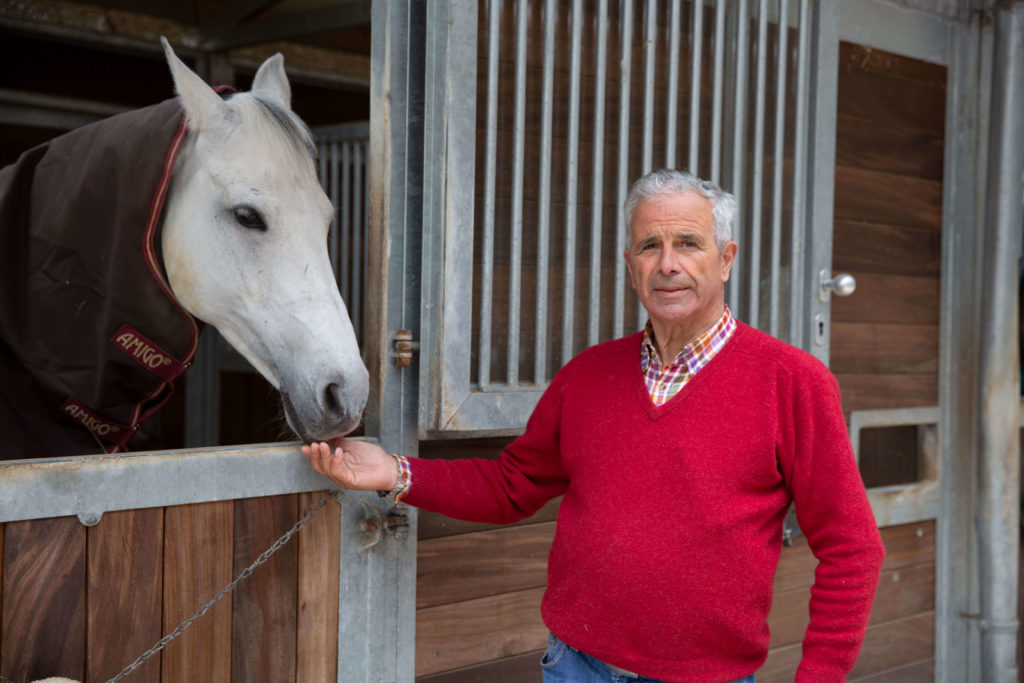

Mit dem Laden des Videos akzeptieren Sie die Datenschutzerklärung von YouTube.
Mehr erfahren

Successfully switched from long straw to straw pellets
“Until six months ago, we primarily bedded the 38 horse stalls, in which we keep 25 of our own horses and another 13 horses from clients, with long straw. But the heavy workload of spreading long straw and mucking out, as well as the increasing expense of disposing of the manure, simply became too much for me,” explains the horse professional. He got the idea to try structural pellets made of straw from the contractor Christian Staehr from Neu-Anspach. The latter has been taking care of the disposal of horse manure for years and supplied him with a trial batch of Premos structural pellets which he produces from his own straw with the help of a mobile pellet press from KRONE. “We first used these structural pellets on a trial basis in three horse stalls which are not so clean. The result after three months was absolutely convincing: The working time and also the need for litter material as well as the amount of manure produced was reduced to half compared to long straw,” says Wendenburg. So he did not hesitate and decided without further ado to convert all the horse stalls from long straw to straw pellets. After explaining all the pros and cons in detail, he gave the clients a one-week period in which they could veto the change of litter material. As 99% of the clients were satisfied with the decision, all but one horse stall was switched to structural pellets.
Thanks to high absorbency, very effective even in small quantities
Wendeburg describes the use of the straw pellets as follows: “For the basic litter of the cleaned stall, approx. 5 kg per m2 of the loose pellets stored in a barn are tipped onto the floor by wheelbarrow and evenly distributed by hand to form a closed mat.

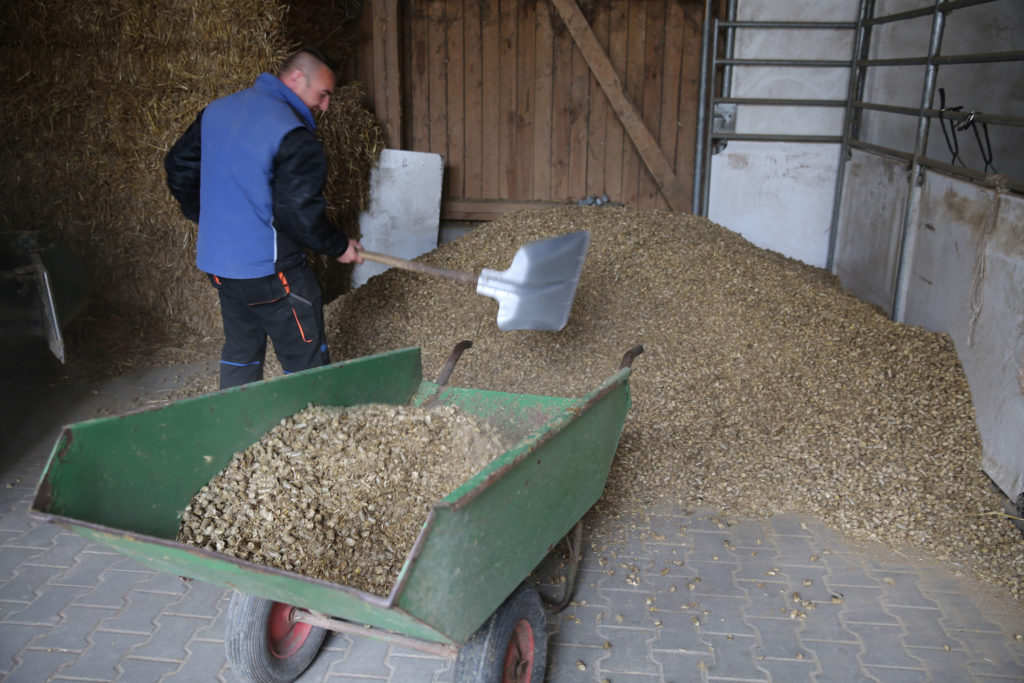

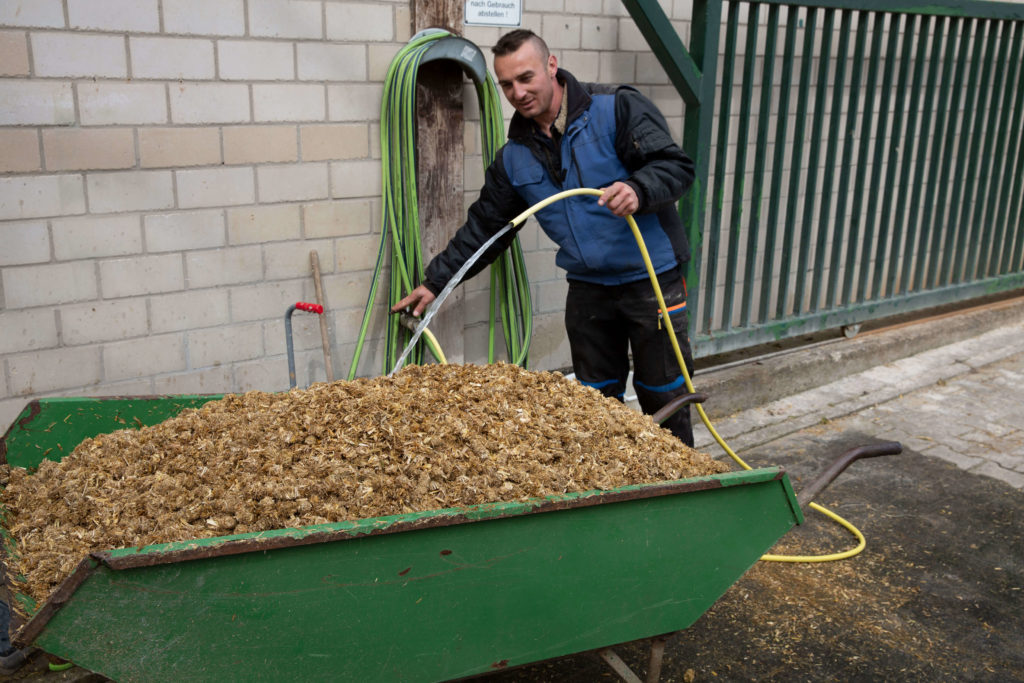
To accelerate the swelling of the pellets and therefore the formation of an 8 to 10 cm high and soft mattress, they are slightly moistened beforehand using a hose. After the horses have been stabled, the stalls are cleaned out twice a day.
About five to six days later, areas with urine stains are also removed and respread with pellets. Respreading is usually done every four to six days and of course depends on the horse. This ensures that the animals always lie and stand dry and stay very clean on this extremely absorbent and non-slip surface”. Another positive effect is the low dust content of the structural pellets. However, as Wendenberg describes, a lot of dust was often released in the past, especially when spreading straw that had been harvested too wet due to the weather and was therefore of inferior quality. This could be very stressful not only for sensitive horses, but also for the staff working in the stable because of the associated breathing difficulties.



Horses are healthy all round
According to Wendenburg, some clients are not afraid that their horses might eat too much of the bedded straw pellets. “Some horses do nibble a little on the pellets, but they eat very little, if any, of them. Because we additionally spread some hay or straw in the box after mucking out. The horses prefer this roughage to the coarse-textured pellets which also keeps them busy and distracted. As a result, we do not have any problems with colic or pharyngeal blockages”. Even hoof diseases which frequently occur in horses do not cause any problems at the Hardtwald Riding School Centre, as its director attests: “Thrush caused by wetness does not actually occur at all with our horses, as the horses always stand dry on the very absorbent pellets. Likewise, mallenders, a skin rash on the pastern, is not an issue with us”.
Less manure and easy disposal
Wendenburg is particularly pleased about the optimal solution to the previously problematic disposal of horse manure: “Since we started using the straw pellets, the amount of manure produced has been reduced to about 50 %. This means that our manure plate now fills up much more slowly. In addition, the manure, which now consists mainly of horse droppings and little straw, has become much easier for farmers to handle and more valuable. Whereas in the past the extremely straw-rich horse manure had to be turned over up to six times for composting, the manure is now ready for spreading immediately and can be applied directly on the field without further intermediate storage. As our customer is only allowed to store the manure for a maximum of six months anyway, the volume is considerably less and it is also much more transportable, its disposal has now become easier and cheaper”. The amount of work has also been significantly reduced by switching to straw pellets. “When long straw was used for 38 horses, two employees were required to take care of spreading the straw, mucking out, feeding and maintenance of the premises. The pellets have significantly reduced the time required, so that these sometimes more pleasant tasks can now be done by just one person. As good staff is known to be in short supply, this reduction in workload has a very positive effect on us,” enthuses the horse owner.
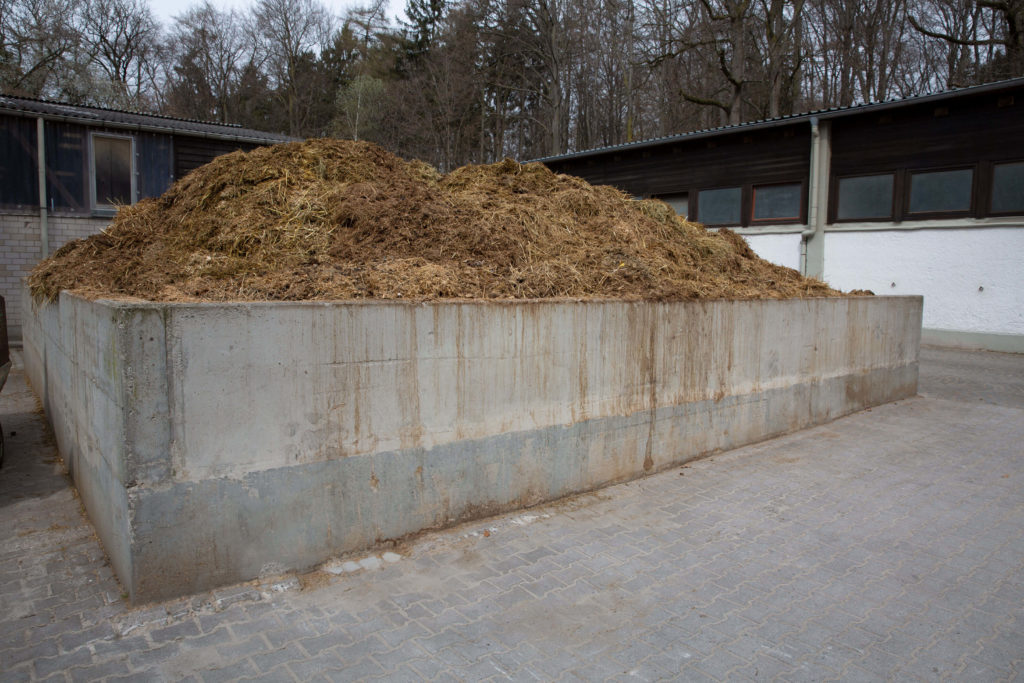
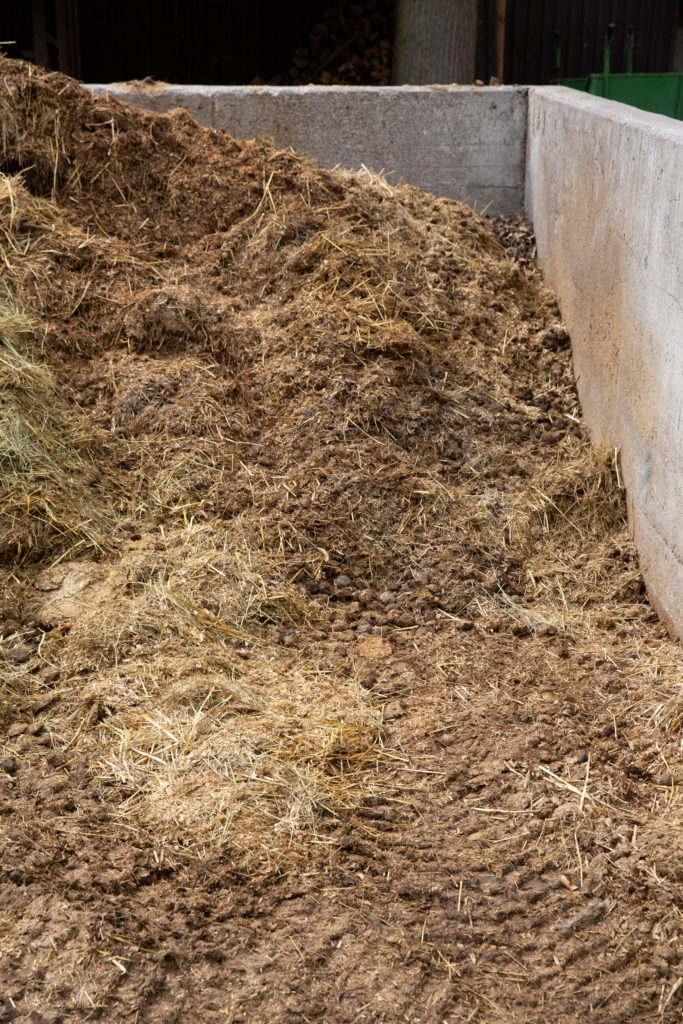
Straw pellets have absolutely proven themselves
“Even though the straw pellets are a lot more expensive than the straw bales, the changeover is worth it for us. Because the structural pellets not only save us a lot of working time and litter material compared to long straw. Likewise, mucking out has become much easier in terms of work and the amount of horse manure produced has been halved, so that its disposal has also become much cheaper. The Premos structural pellets have absolutely proven themselves for us. Based on our positive experience, we can only recommend these straw pellets to other horse owners. We will definitely continue with this litter material,” concludes the horse professional.
Contact
Do you have any further questions and would like to contact us? The contact form is the easiest way.